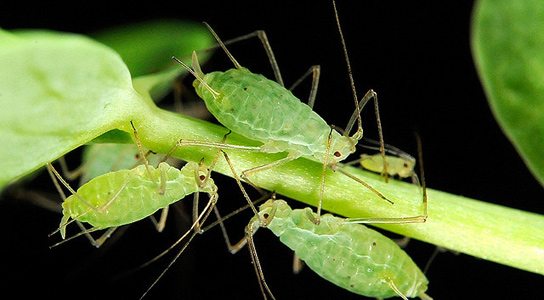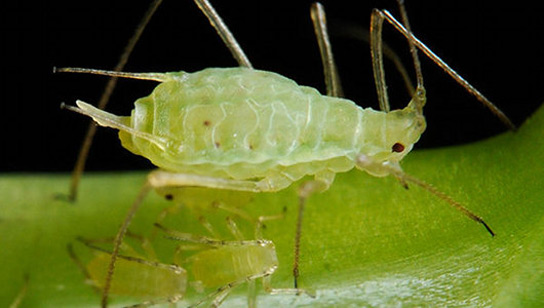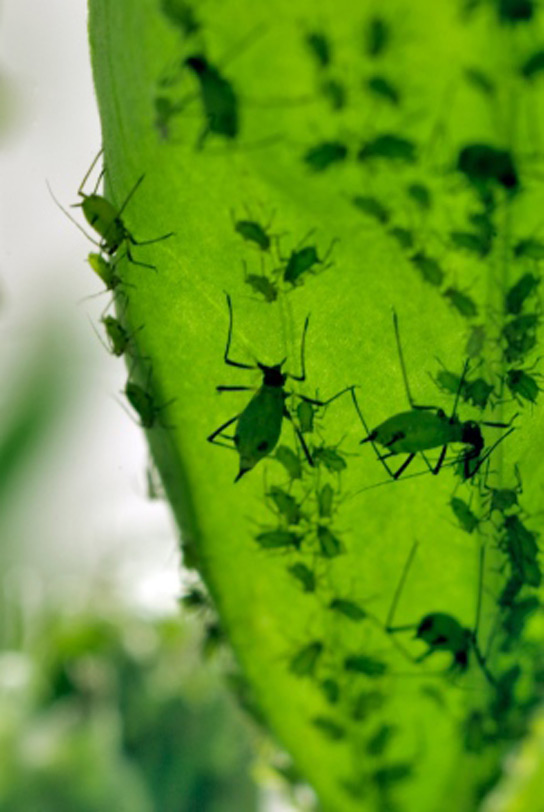
Aphids can be born pregnant and males sometimes lack mouths, causing them to die after mating. New work indicates that they might also capture sunlight and use it for metabolic purposes, akin to what plants accomplish with photosynthesis.
The researchers published their findings in the journal Scientific Reports. Aphids have the unique ability, not just among insects but among animals, to synthesize pigments called carotenoids. These are used by animals and insects to maintain healthy immune systems, making certain vitamins. Unlike other creatures, which need to obtain carotenoids through their diets, aphids absorb energy from the sun and transfer it to the cellular machinery involved in energy production.

Entomologist Alain Robichon, from the Sophia Agrobiotech Institute in Sophia Antipolis, France, and his colleagues state that this unprecedented ability in animals is common in other kingdoms such as plants and algae. Fungi and bacteria can also synthesize carotenoids. Robichon took cues from a 2010 finding that there were high levels of carotenoids in aphids, his team decided to study how the insects make such metabolically expensive chemicals.
Carotenoids are responsible for aphid pigmentation, and this pigmentation determines what kind of predators can see it. When aphids’ levels of ATP were measured, the researchers discovered that green aphids made significantly more ATP than white ones, which were devoid of pigments. ATP production rose when the orange ones, which have an intermediate level of carotenoids, were placed into light, and fell when they were moved into darkness.
The aphids were crushed to demonstrate that these extracts could absorb light and pass the energy onwards. For now, much more work is needed before scientists can state that aphids photosynthesize, but the findings certainly indicate the possibility of this.

Reference: “Light-induced electron transfer and ATP synthesis in a carotene synthesizing insect” by Jean Christophe Valmalette, Aviv Dombrovsky, Pierre Brat, Christian Mertz, Maria Capovilla and Alain Robichon, 16 August 2012, Scientific Reports.
DOI: 10.1038/srep00579